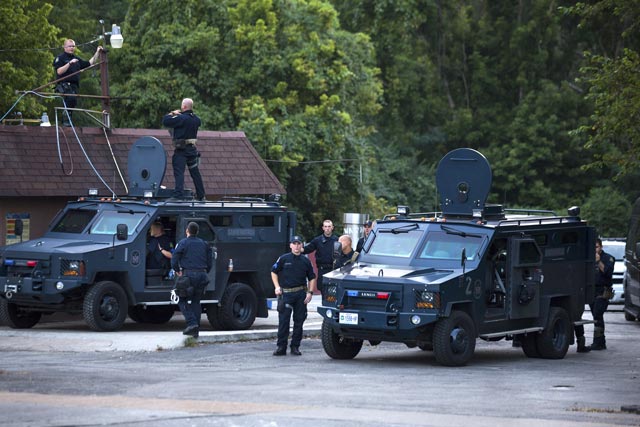
Last Tuesday, two St. Louis police officers shot and killed 25-year-old Kajieme Powell just a few miles away from the ongoing protests sparked by the police killing of another young black man, Michael Brown of Ferguson, Missouri.

Last Tuesday, two St. Louis police officers shot and killed 25-year-old Kajieme Powell just a few miles away from the ongoing protests sparked by the police killing of another young black man, Michael Brown of Ferguson, Missouri.
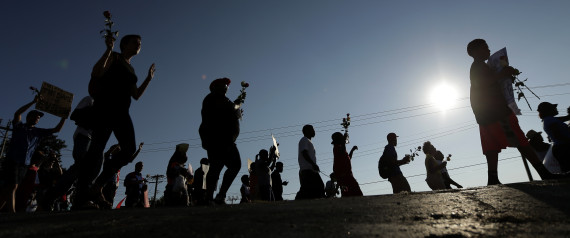
Ferguson’s fires run counter to the narrative about suburbia, the story Americans tell themselves about strip malls and rolling lawns, about McMansions and upward mobility.
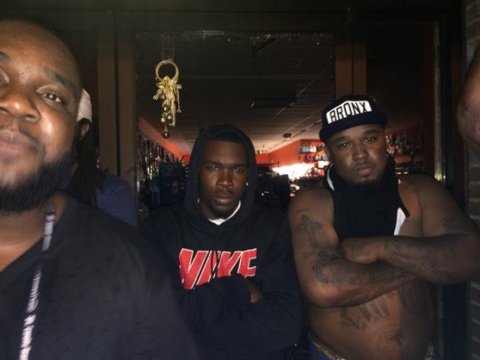
#BlackTwitter has always been that special place in the Twitterverse where African Americans have congregated to discuss issues germane to the black experience, but recent events in Ferguson, Mo., have solidified it as something more: a vital 24-hour news source.

The days succeeding the tragic police shooting death of an unarmed black teenager in Ferguson, Missouri, have further affirmed or exposed several unfortunate realities present within our society today.
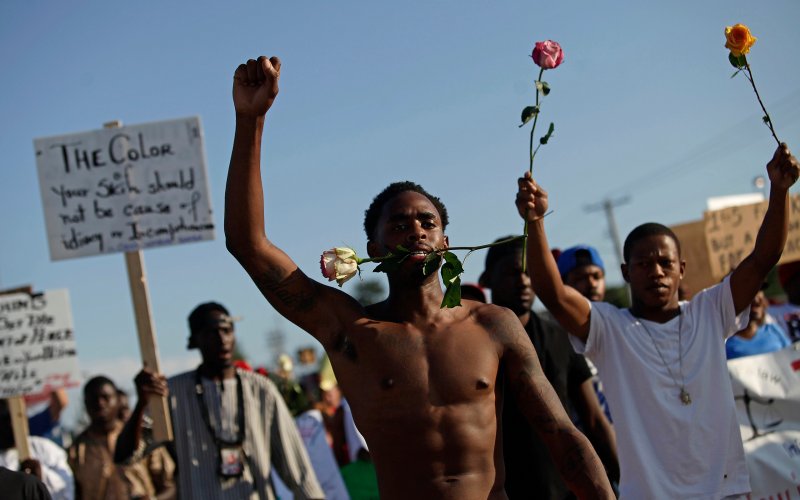
Michael Brown’s family and community deserve more than the slim chance of his killer going to jail. Another Midwestern town, torn by a police shooting, has the answer.
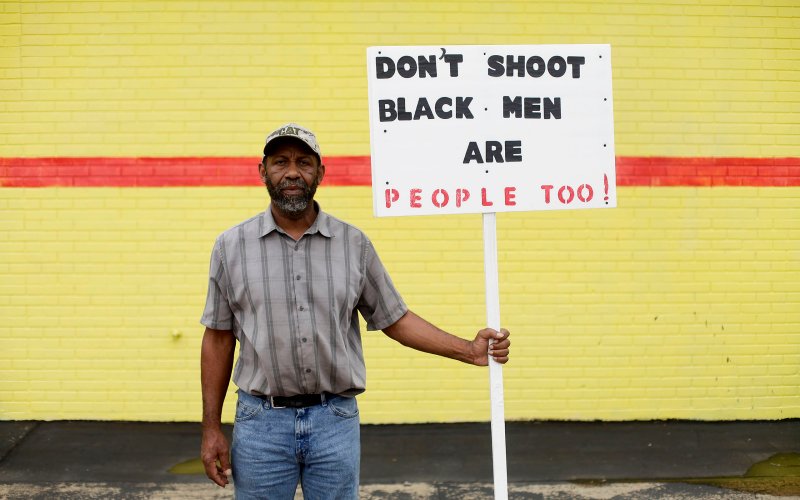
As the Brown grand jury hears evidence, are its white and black members even hearing the same thing? Many studies suggest: probably not.

This is the year in which we celebrated the 50th anniversary of the signing of the Civil Rights Bill.
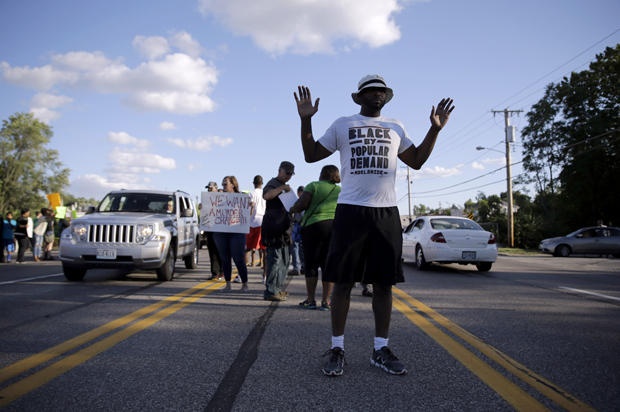
The murder of Michael Brown in Ferguson, Missouri, immediately took me back to a little more than a year ago, when I received a text from my then-16-year-old son.
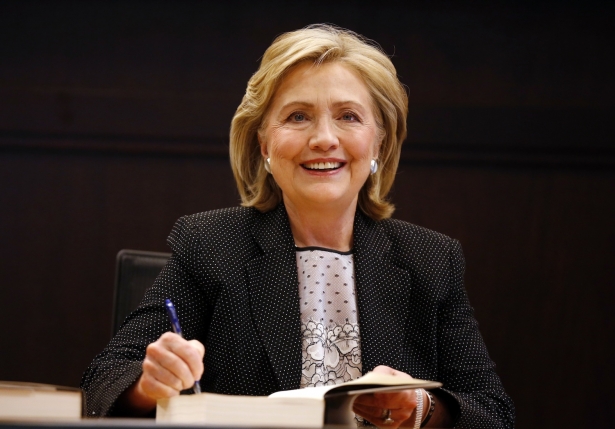
Representative Paul Ryan’s response to the shooting death of Michael Brown by Ferguson, Missouri, police was fairly straightforward: say nothing, do nothing.

The scene in Ferguson, Mo., is certainly an unusual one, especially given how rare it is to see such unrest on American streets.
The tear-gas, rubber bullets and smoke bombs fired in Ferguson, Missouri have fed outrage over police militarization in the U.S.